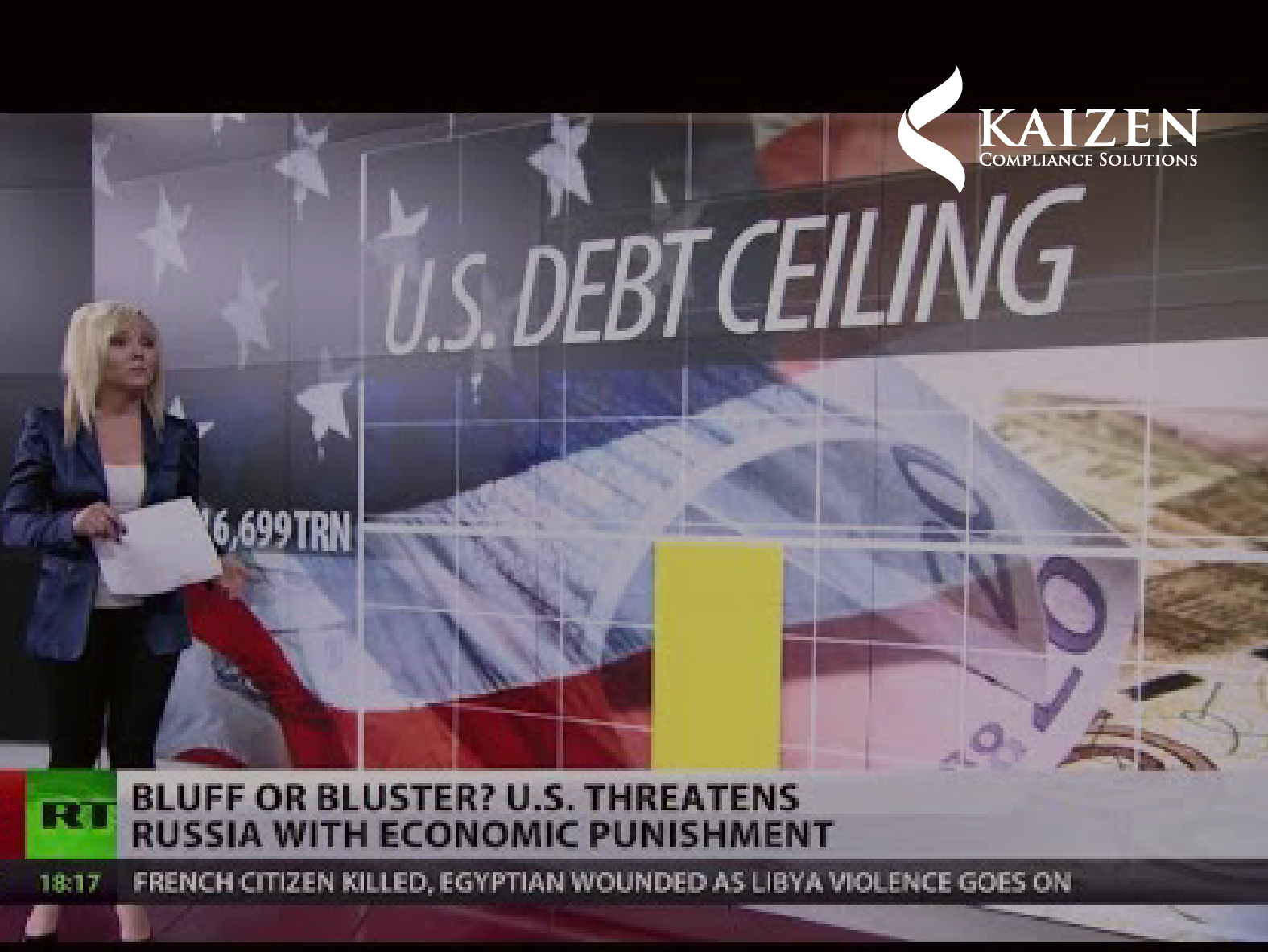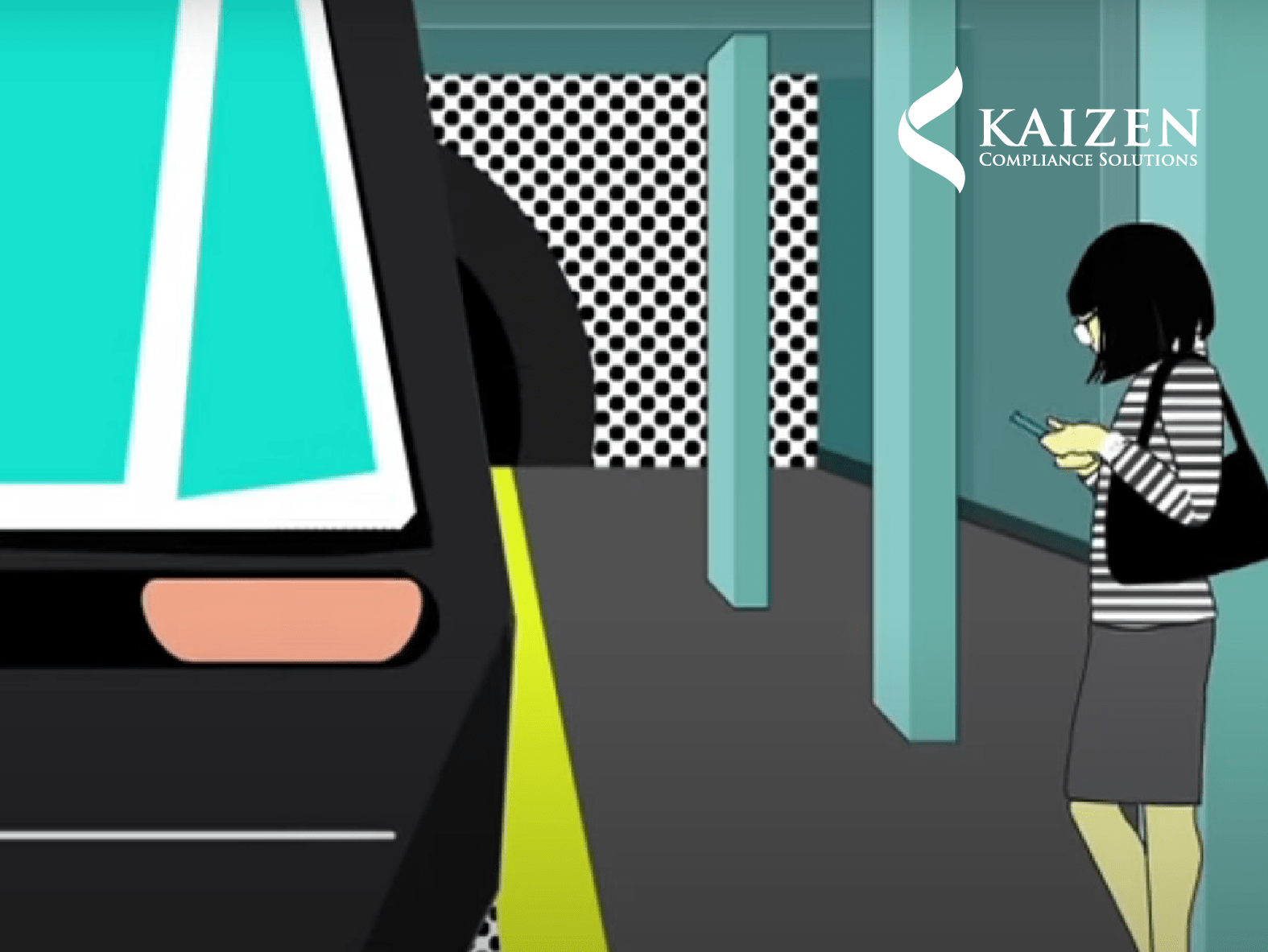COMPANY EXTENSIONS & SUFFIXES
Company extensions are the “suffix tag phrase” used at the end of a company name to denote…
Company extensions are the “suffix tag phrase” used at the end of a company name to denote…
A tax haven is a country or territory where certain taxes are levied at a low rate or not at…
Kaizen and its consultants have over the years collated a series of abbreviations which are now complied…
Trade Based Money Laundering (TBML) is a process of disguising the proceeds of crime and moving value through the use of trade transactions in an attempt to legitimise their illicit origins.
The Mexican drug cartels; such as the Sinaloa cartel network, have mastered this process through the adoption of the Black Market Peso Exchange (BMPE) systems which involves the sale of illicit products; …such as their cocaine product, through the use of mules, and conversion of the cash output into creation of legitimate businesses trading in white goods i.e. fridges, microwaves etc.
The business often secures an export license designed for shipping such products out of the USA and selling such products; purchased with dollars in the USA and sold in Mexico for Pesos. The end result of securing Pesos now completes the cycle of cleaning the illicit funds which are then ploughed back into the drug cartels pool of funds to continue the trade in producing illicit drugs and smuggling across the US border. The video linked produced by CNN and explains how this scenario plays out and is an excellent presentation of how the BMPE system works.


The infamous case and scenarios surrounding General Sani Abacha showed the world that money laundering doesn’t always have to be a complex and sophisticated process towards sourcing and laundering billions.
The crude means of embezzlement, bribery and collusion with the legal and banking sectors aided the laundering of over $5 billion during the 7 year reign of the former Nigerian dictator. In todays world, a lot has improved over the years in terms of AML processes and procedures but the risk typology involving corruption, abuse of office still lingers on. Examples of recent times involving PEP’s or connected parties in high echelons of government include the 1MDB case involving former Malaysian Prime Minister, seizures in Paris of illicit assets of the son of an African ruler or ongoing repatriation cases involving the stolen wealth of a former leader of the Philippines. So how did General Sani Abacha and his cronies plunder the coffers of the Nigerian government? The video link produced by the Channel 4 news in 2006 shows how the banking sector helped launder the proceeds of crime.
The Halliburton/KBR bribery scandal was one of the first cases that tested the extra-territorial might of the US legislation known as the Foreign Corrupt Practices Act (FCPA).
The CEO of a subsidiary of Halliburton bribed foreign governmental officials in Nigeria the sum of $188 million with intent to influence and approve the construction of a LNG (Liquified Natural Gas) plant in Bonny Island, Nigeria to KBR and its consortium of companies. It took over 2 decades before this case initially saw the prosecution of the CEO of KBR and later the attempts at securing prosecutions and fines of the parent company (Halliburton) and its executives – which didn’t happen.
This video link which is a PBS News Hour coverage on International Corruption by US Corporates in Nigeria is a classic reminder of the dangers in bribery & corruption and the socio-economic impact this has when profits are put way above corporate governance, the interest of the public and the rule of law.


Smuggling of contrabands through shipping ports is recognised by the UNODC and organisations such as the OECD as a preferred means of moving illicit and clandestine goods with a view to cleaning illicit funds through the process of the PLI (Placement, Layering & Integration) formula in Money Laundering.
It is estimated by the UNODC that only 2% of every shipping cargo ever gets fully screened. This means that a smuggler of cocaine or weapons of mass destruction has a 98% success rate of achieving their illicit trade. These are huge and scary odds which spells sleepless nights for the border control agencies of nations but a game of Russian roulette for the would be criminal who is only too eager to try their luck. The video link attached to this write up, produced by the UNODC shows just how surreal this reality on ground is and why more needs to be done to curb the trade of illicit goods and resulting Money Laundering offences
As a KYC Analyst, have you ever raised a SAR? Do you know how to raise one or have you…
EU sanctions relating to Ukraine were first imposed in 2014 following Russia’s annexation of Crimea. What followed thereafter were a series of further restrictions designed to stifle support and influence from the Russian government and its grip over Ukraine.
Such actions did not invite or evoke the force of military intervention but the power and impact of something more stringent and not from the “barrel of a gun” – that method was through sanctions. The impact and dynamics in Russia-Ukrainian politics showed the rest of the work how sanctions through OFAC, EU, UN and HMT can have drastic effects; both positive and negative depending on which side of the fence you sit.
This video designed and produced by the US Department of State explains from the US perspective why actions were taken against Ukraine and Russia.


As the saying goes, there is always two sides of the story (or of a coin). Russia’s intervention with Ukrainian politics was visited from 2014 with sanctions from the west i.e. EU, OFAC sanctions imposed on Russia which has over the years included a ban on provision of technology for oil and gas exploration, a ban on provision of credits to Russian oil companies and state banks and travel restrictions on the influential Russian citizens close to President Putin and involved in the annexation of Crimea.
Sanctions from the perspective of the Russian media and its perception of its impact on the economy gives viewers an understanding of trade wars, the effectiveness of sanctions and an understanding of the “perception and reality” of how compliance in sanction really works.
This video from a Russian perspective is produced by RT – Russian Television and shows the economic perception, reality and impact of sanctions on the people and government of Russia.
We all are too familiar with the sad realities of life when we here of children as young as 7 years old mining for cassiterite or coltan in poor working conditions with no safety gear in impoverished regions of Africa – the truth and realty is a child that young should be in school and working adults should have proper health and safety measures, good working terms and benefits and a union to watch over their needs and demands.
This perception does not exist in places like the Democratic Republic of Congo (DRC) which is home to some of the worlds scarce and expensive natural mineral resources in the planet, used by some of the worlds most powerful and richest corporations – in theory, this should make that region one of the wealthiest spots on earth but ironically it is classed by Transparency International’s CPI (Corruption Perception Index) as one of the most corrupt. It doesn’t take a rocket scientist to know that something isn’t right here. Products sourced from the earth in the region require a buyer/consumer and a supply chain fuels and services this demand in minerals.
This video link produced by Resolve.Org shows the brutality in the trade of “conflict minerals” and how section 1502 of the USA Dodd Frank Act needs to be exercised to its fullest in order to make a dent in the realisation workers being treated in a humane way and for governments to reap the reward of their natural resources for their growth and development.


Our modern world is seeing a change in technology and the way we live our lives on a daily basis. These seismic changes in telecommunication, transportation and the creation of several consumer products require natural raw materials such as gold, tin, tungsten, cassiterite, tantalum, coltan or cobalt to make the intricate parts of a finished goods that define our very existence. In a way, humans place total reliance on these products to help them survive on a daily basis.
For example, certain elements or compounds are used to produce the electronic toothbrush we use in the morning, or the treadmill we use for our exercises or the electric car we use to drive to work – all of which come from conflict regions such as Democratic Republic of Congo (DRC). The USA Dodd Frank Act is designed to identify, require disclosure and manage the flow of conflict minerals through the supply chain network.
This video prepared by Gabrielle Roche gives us a brilliant 3 minutes eye opener to the realities on ground and challenges faced by local authorities, law enforcement agencies and the corporate world.
Designed by Motion Ltd.